Scientists are attempting to entangle black holes into a working wormhole using quantum computers.
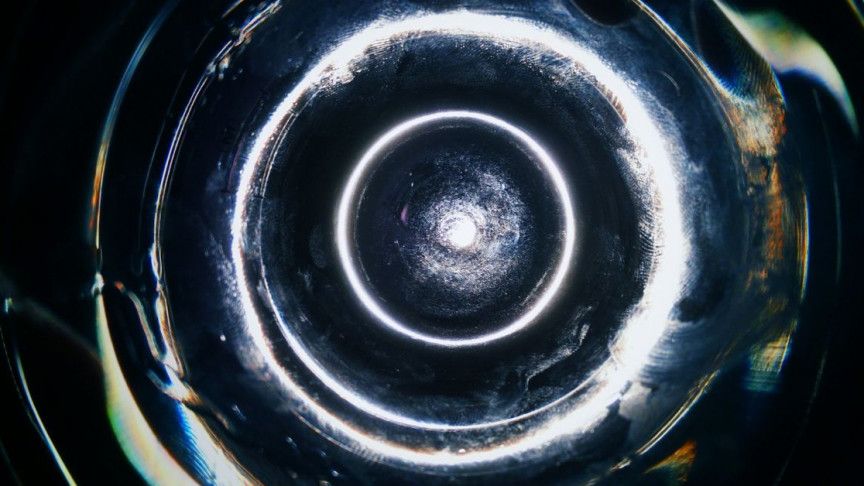

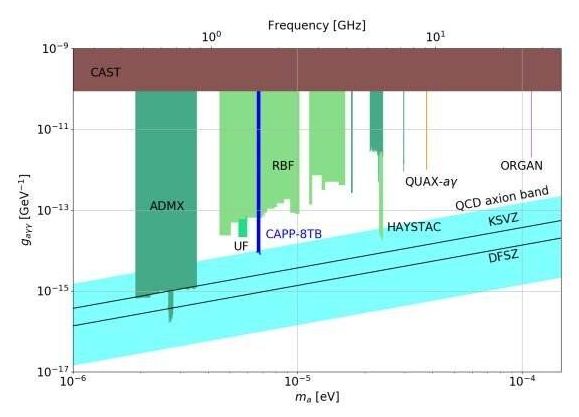
Researchers at the Center for Axion and Precision Physics Research (CAPP), within the Institute for Basic Science (IBS, South Korea), have reported the first results of their search of axions, elusive, ultra-lightweight particles that are considered dark matter candidates. IBS-CAPP is located at Korea Advanced Institute of Science and Technology (KAIST). Published in Physical Review Letters, the analysis combines data taken over three months with a new axion-hunting apparatus developed over the last two years.
Proving the existence of axions could solve two of the biggest mysteries in modern physics at once: why galaxies orbiting within galaxy clusters are moving far faster than expected, and why two fundamental forces of nature follow different symmetry rules. The first conundrum was raised back in the 1930s, and was confirmed in the 1970s when astronomers noticed that the observed mass of the Milky Way galaxy could not explain the strong gravitational pull experienced by the stars in the galaxies. The second enigma, known as the strong CP problem, was dubbed by Forbes magazine as “the most underrated puzzle in all of physics” in 2019.
Symmetry is an important element of particle physics and CP refers to the Charge+Parity symmetry, where the laws of physics are the same if particles are interchanged with their corresponding antiparticles © in their mirror images ℗. In the case of the strong force, which is responsible for keeping nuclei together, CP violation is allowed theoretically, but has never been detected, even in the most sensitive experiments. On the other hand, CP symmetry is violated both theoretically and experimentally in the weak force, which underlies some types of radioactive decays. In 1977, theoretical physicists Roberto Peccei and Helen Quinn proposed the Peccei-Quinn symmetry as a theoretical solution to this problem, and two Nobel laureates in Physics, Frank Wilczek and Steven Weinberg, showed that the Peccei-Quinn symmetry results in a new particle: the axion. The particle was named after an American detergent, because it should clean the strong interactions mess.

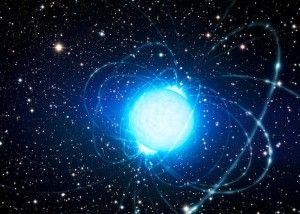

I think these can be fought with current technology such as quantum radar even other higher level technology. It can also be hacked with quantum radar or neutrino beams.
Know colloquially as the “Black Holes” by the U.S. Navy, the Improved-Kilo-class of submarines are quite deadly — and could turn the balance of power in the South China Sea in China’s favor.
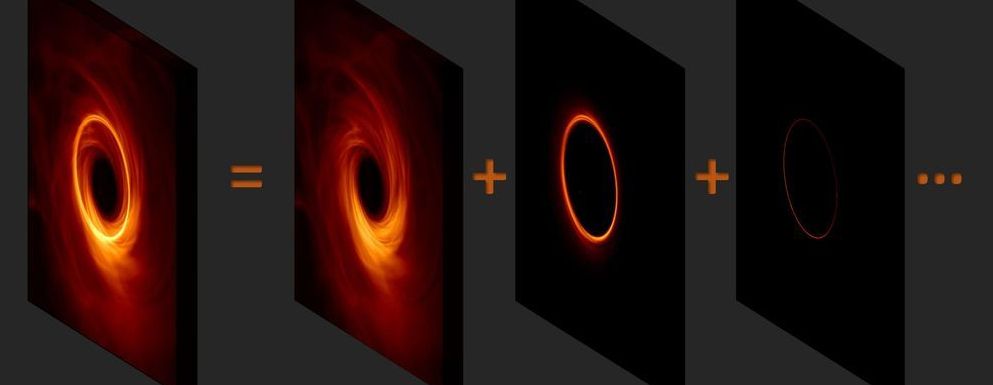
Last April, the Event Horizon Telescope (EHT) sparked international excitement when it unveiled the first image of a black hole. Today, a team of researchers have published new calculations that predict a striking and intricate substructure within black hole images from extreme gravitational light bending.
“The image of a black hole actually contains a nested series of rings,” explains Michael Johnson of the Center for Astrophysics, Harvard and Smithsonian (CfA). “Each successive ring has about the same diameter but becomes increasingly sharper because its light orbited the black hole more times before reaching the observer. With the current EHT image, we’ve caught just a glimpse of the full complexity that should emerge in the image of any black hole.”
Because black holes trap any photons that cross their event horizon, they cast a shadow on their bright surrounding emission from hot infalling gas. A “photon ring” encircles this shadow, produced from light that is concentrated by the strong gravity near the black hole. This photon ring carries the fingerprint of the black hole—its size and shape encode the mass and rotation or “spin” of the black hole. With the EHT images, black hole researchers have a new tool to study these extraordinary objects.
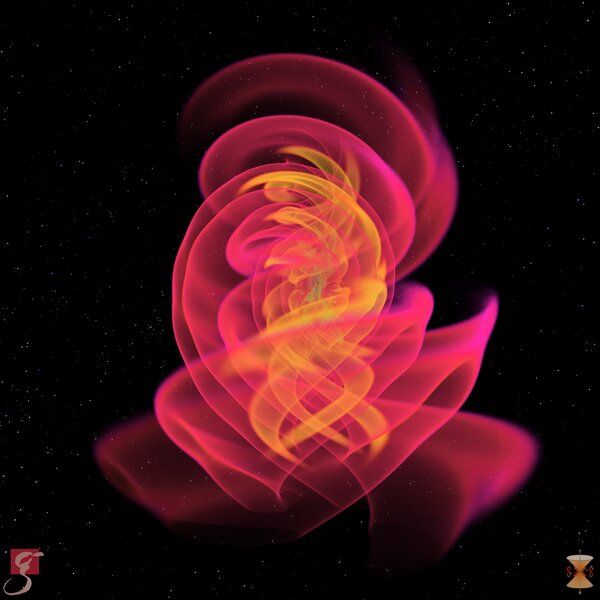
Researchers from the Max Planck Institute for Gravitational Physics (Albert Einstein Institute; AEI) in Hannover together with international colleagues have published their second Open Gravitational-wave Catalog (2-OGC). They used improved search methods to dig deeper into publicly available data from LIGO’s and Virgo’s first and second observation runs. Apart from confirming the ten known binary black hole mergers and one binary neutron star merger, they also identify four promising black hole merger candidates, which were missed by initial LIGO/Virgo analyses. These results demonstrate the value of searches in public LIGO/Virgo data by research groups independent of the LIGO/Virgo collaborations. The research team also makes available its complete catalogue in addition to detailed analysis of more than a dozen possible binary black hole mergers.
“We incorporate cutting edge methods,” says Alexander Nitz, a staff scientist at the Max Planck Institute for Gravitational Physics (Albert Einstein Institute) in Hannover, who led the international research team. “Our improvements enable discovering fainter binary black hole mergers: the four additional signals show that this works!”
The results were published in The Astrophysical Journal today.
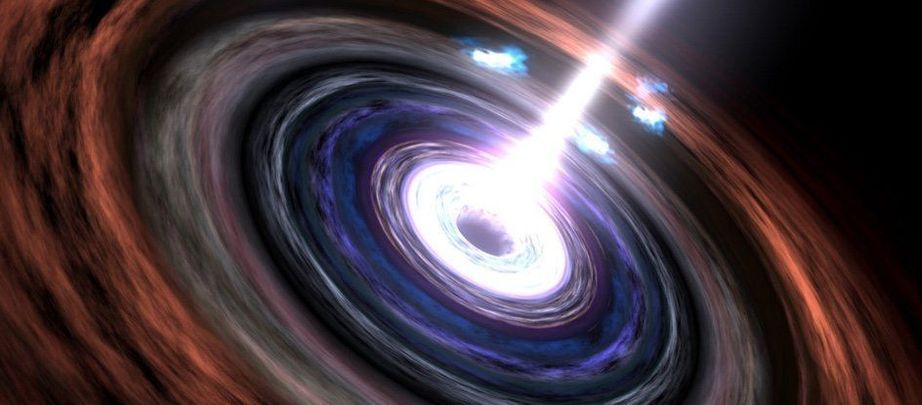
Maybe could use a higgs field to deflect it or aim it away or use a higgs laser to destroy the black hole.
Astronomers have discovered the existence of a supermassive black hole that looks to be the oldest and most distant of its kind we’ve ever encountered – and it just happens to be aiming its bright particle beam directly at Earth.
The newly found supermassive black hole – called PSO J030947.49+271757.31 – is the most distant blazar ever observed, researchers say. That conclusion is based on the wavelength signature of the object’s redshift, a phenomenon scientists can use to measure the distance of light-emitting sources in space.
Blazars are supermassive black holes that lie at the heart of active galactic nuclei: central regions of galaxies bursting forth with high levels of luminosity and electromagnetic emissions, thought to occur due to the intense heat generated by particles of gas and dust swirling in the accretion disks of supermassive black holes.
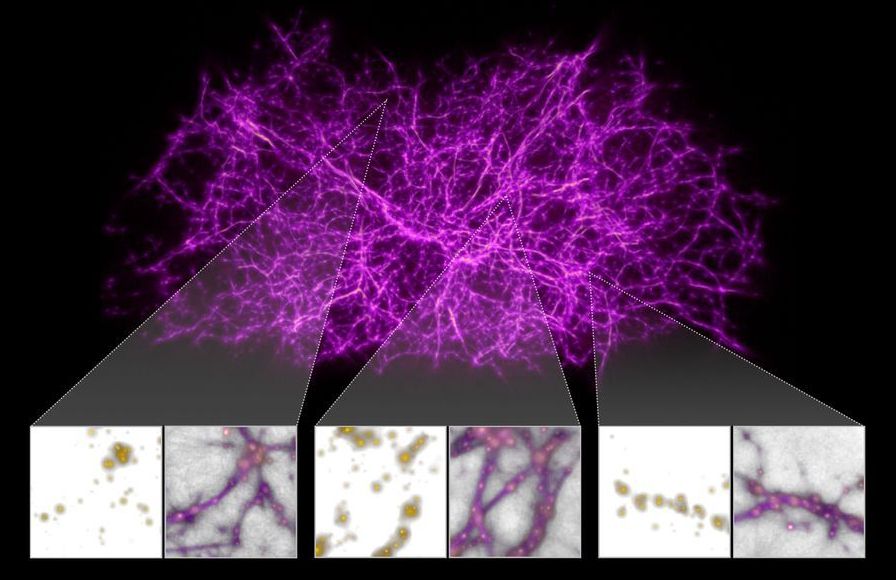
The behavior of one of nature’s humblest creatures is helping astronomers probe the largest structures in the universe.
The single-cell organism, known as slime mold (Physarum polycephalum), builds complex filamentary networks in search of food, finding near-optimal pathways to connect different locations. In shaping the universe, gravity builds a vast cobweb structure of filaments tying galaxies and clusters of galaxies together along faint bridges hundreds of millions of light-years long. There is an uncanny resemblance between the two networks: one crafted by biological evolution, and the other by the primordial force of gravity.
The cosmic web is the large-scale backbone of the cosmos, consisting primarily of the mysterious substance known as dark matter and laced with gas, upon which galaxies are built. Dark matter cannot be seen, but it makes up the bulk of the universe’s material. The existence of a web-like structure to the universe was first hinted at in the 1985 Redshift Survey conducted at the Harvard-Smithsonian Center for Astrophysics. Since those studies, the grand scale of this filamentary structure has grown in subsequent sky surveys. The filaments form the boundaries between large voids in the universe.

The Earth, solar system, the entire Milky Way and the few thousand galaxies closest to us move in a vast “bubble” that is 250 million light years in diameter, where the average density of matter is half as high as for the rest of the universe. This is the hypothesis advanced by a theoretical physicist from the University of Geneva (UNIGE) to solve a conundrum that has been splitting the scientific community for a decade: At what speed is the universe expanding? Until now, at least two independent calculation methods have arrived at two values that are different by about 10% with a deviation that is statistically irreconcilable. This new approach, which is set out in the journal Physics Letters B, erases this divergence without making use of any “new physics.”
The universe has been expanding since the Big Bang occurred 13.8 billion years ago—a proposition first made by the Belgian canon and physicist Georges Lemaître (1894−1966), and first demonstrated by Edwin Hubble (1889−1953). The American astronomer discovered in 1929 that every galaxy is pulling away from us, and that the most distant galaxies are moving the most quickly. This suggests that there was a time in the past when all the galaxies were located at the same spot, a time that can only correspond to the Big Bang. This research gave rise to the Hubble-Lemaître law, including the Hubble constant (H0), which denotes the universe’s rate of expansion. The best H0 estimates currently lie around 70 (km/s)/Mpc (meaning that the universe is expanding 70 kilometers a second more quickly every 3.26 million light years). The problem is that there are two conflicting methods of calculation.